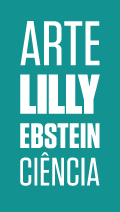Training in Berlin
AND THE RUSSIAN FRONT
-
 Lilly Ebstein | Clique para ver +
Lilly Ebstein | Clique para ver + -
 História | Clique para ver +
História | Clique para ver + -
 Lette-Verein | Clique para ver +
Lette-Verein | Clique para ver +
Lilly studied at Lette-Verein Berlin, from 1911 to 1914, and received her diploma in “General and Scientific Photography”.
Lilly Ebstein chose training in “General and Scientific Photography” at Lette-Verein Berlin, where she studied from 1911 to 1914. The course included ten different fields of study: Negative Processes; Positive Processes; Touch-ups; Drawing; Photomicrography; Radiography; Experimental Chemistry; Photographic Chemistry; Optics, and Accounting. The Chamber of Crafts and Trades applied the professional training exam. The official acknowledgment of General Scientific Photographer and X-Ray Technician as a profession occurred in 1921 under new legislation, seven years after Lilly’s graduation.
Lilly Ebstein’s teachers at Lette-Verein were Carola Lohde, Marie Kundt (assistant and, starting in 1913, director of the educational establishment of photography), and Hans Virchow, who, according to Lette-Verein’s annual report, was responsible for administering exams and signing diplomas. Eugen Goldstein also signed her diploma. The anatomist doctor Hans Virchow (1852-1940), son of Rudolf Virchow, was the professor of Human Anatomy at the Berlin Academy of Fine Arts.
During her training period and in the middle of the First World War (1914-1918), Lilly Ebstein, at 17 years of age, served as a nurse in the Russian front, as did many other Lette-Verein students, who practically formed a women’s troop of nurses. All the school’s activities focused on “war works”. As of October 1914, Lette-Verein was responsible for all X-Rays from six different hospitals/emergency departments in Berlin and many women worked with X-rays in military hospitals. Lette-Verein took care of the laundry from one hospital for war victims, and turned the association gymnasium into a shelter for children. Cooking classes were given to soldiers, rooms were provided for them and the Sewing course offered classes on clothing renovation for refugees. Other courses were also organized such as the Chemical Laboratory Assistant Course in 1918, to test substances that could be used in food.
Lilly Ebstein Lowenstein (1897-1966) led a life between science and art, drawing and taking photographs in the fields of Medicine and Zoology. In her work, Lilly combined her technical knowledge of photography and drawing, the study of the sciences and a remarkable talent for aesthetics. She was born in Germany and studied at the Lette-Verein School in Berlin from 1911 to 1914. In 1925, she immigrated with her husband and two children to São Paulo. In 1926, she became an illustrator and photomicrographer at the Illustration and Photography Department at the School of Medicine (USP, as of 1934), which she headed for thirty years after 1932. Lilly collaborated at Instituto Biológico de Defesa Agrícola e Animal (the Biological Institute for the Defense of Agriculture and Animals), from 1930 to 1935, namely in the Avian Pathology Department. A life with art dedicated to the research and dissemination of science.

